We began our visit at the Museum & Nature Center.
The exhibits provide interesting info about the flora and fauna of the middle Keys. Below is an osprey (bird of prey), Key deer (a subspecies of the Virginia white-tailed deer), great blue heron. as well as an extensive display about the coral reef in the Keys.
Next to the museum is a display of two large fish caught in the area suspended over the “lagoon.” You can purchase fish food ($3) to feed local fish in the water here (which we did). The first is a Mola Mola (aka Ocean Sunfish) that weighed 725 lbs, 9’ long, and was caught by hand! The second is a Goliath Grouper (450 lbs, over 6’) speared in 40’ of water.
A canoe crafted from a single log is on display, too. They were used from the 17th to th 18th centuries by Native Americans in the Keys.
We viewed the orientation film (9 minutes) about Crane Point while waiting for the guided tour to begin.
A pair of African tortoises reside here (we have seen these before at an RV park in Galveston, TX). Not exactly sure what they are doing here, but they are interesting to see.
A tour in an open-air tram (seats 8) is offered and led by a volunteer. We learned about the biodiversity of the area as well as the cultural history of Crane Point with stops along the way. There is also an amphitheater where educational programs are held.
I am fascinated by the strangler fig (aka banyan) trees. They begin life as an epiphyte on a host tree. Eventually, they extend roots to the ground and envelope the host tree, eventually “strangling” it. Also shown is a red mangrove (stilt-like roots) and a thatch palm with red fruit. The preserve is one of the las remaining thatch palm hammocks.
Francis and Marian Crane purchased this property (hence the name, Crane Point) in 1949. They built the first modern home in the area that featured large windows, balconies, and overhangs. Hurricane Irma damaged the house that is now closed to visitors. Today, a caretaker lives in a portion of the house.
Expansive views of the Florida Bay can be seen from the house.
The Wild Bird Center (established in 1995) rescue, rehab, and release injured birds. We saw numerous native birds (pelicans, gulls, osprey, etc.) here.
The Adderley House is the oldest house in Monroe County (outside of Key West). Bahamian immigrant, George Adderley, built this house of tabby (made of burnt seashells) in the early 1900s. It was one of 5 houses built by immigrants escaping the economic crisis of the Bahamas in the late 1800s. About 30 people lived off the land, planted crops, and raised livestock in Adderley Village.
Sponging was also an important revenue source for the residents of Adderley Village. George used to dock his boat on Rachel Creek near his home.
Fragrant flowers and plants in the Butterfly Meadow attract butterflies, although we did not see any!
The Cracker House has exhibits of butterfly species, sea turtles and shells native to the area. The Florida cracker architecture is characterized by wood frame houses with metal roofs, raised floors, and large, wraparound porches.
Admission is $14.95/adult; $12.95 senior (including tour). We enjoyed our visit to this dog-friendly preserve. The trail is a 1.5 mile loop and easily walked. For additional information, go to www.cranepoint.net.
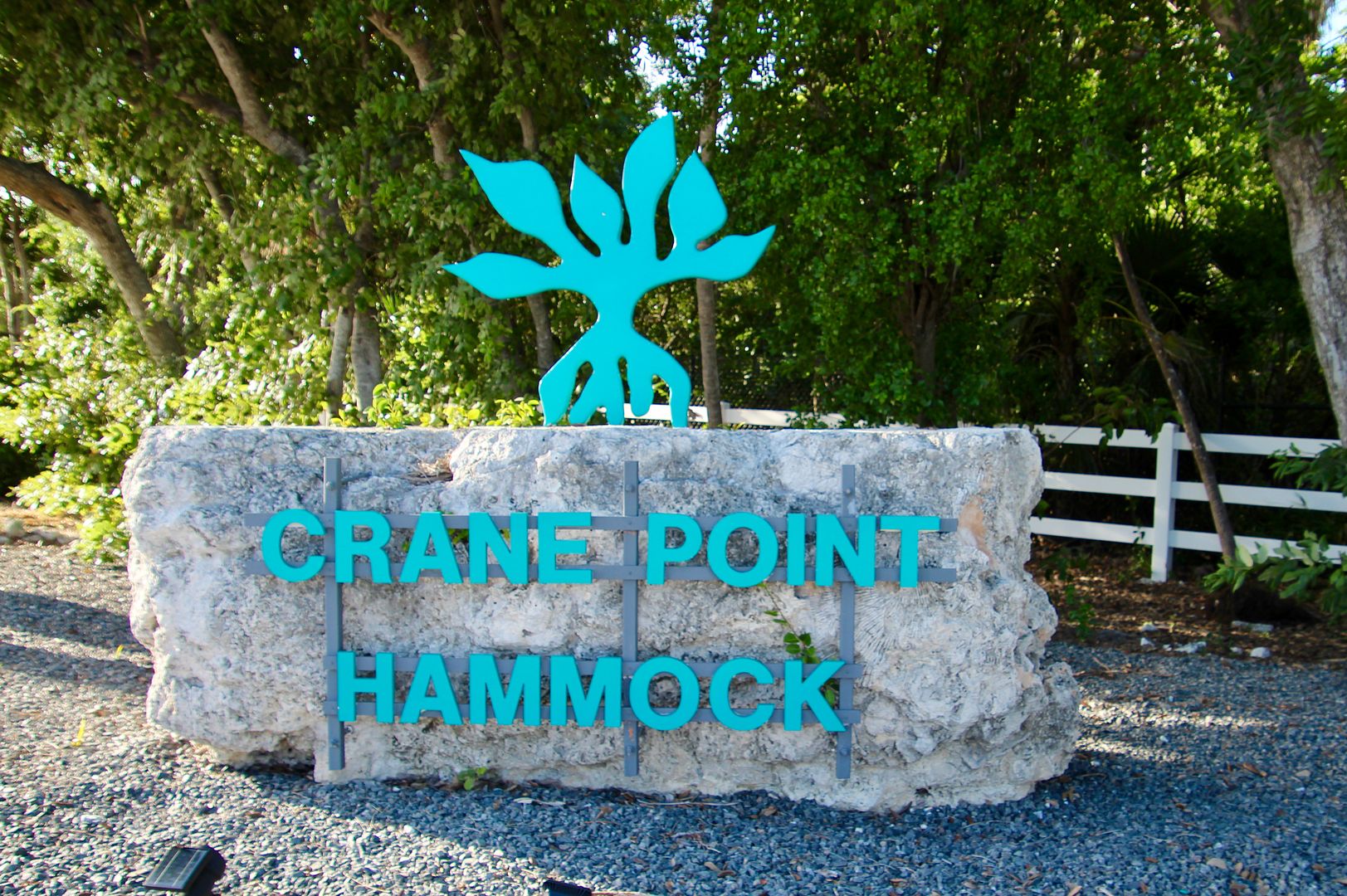
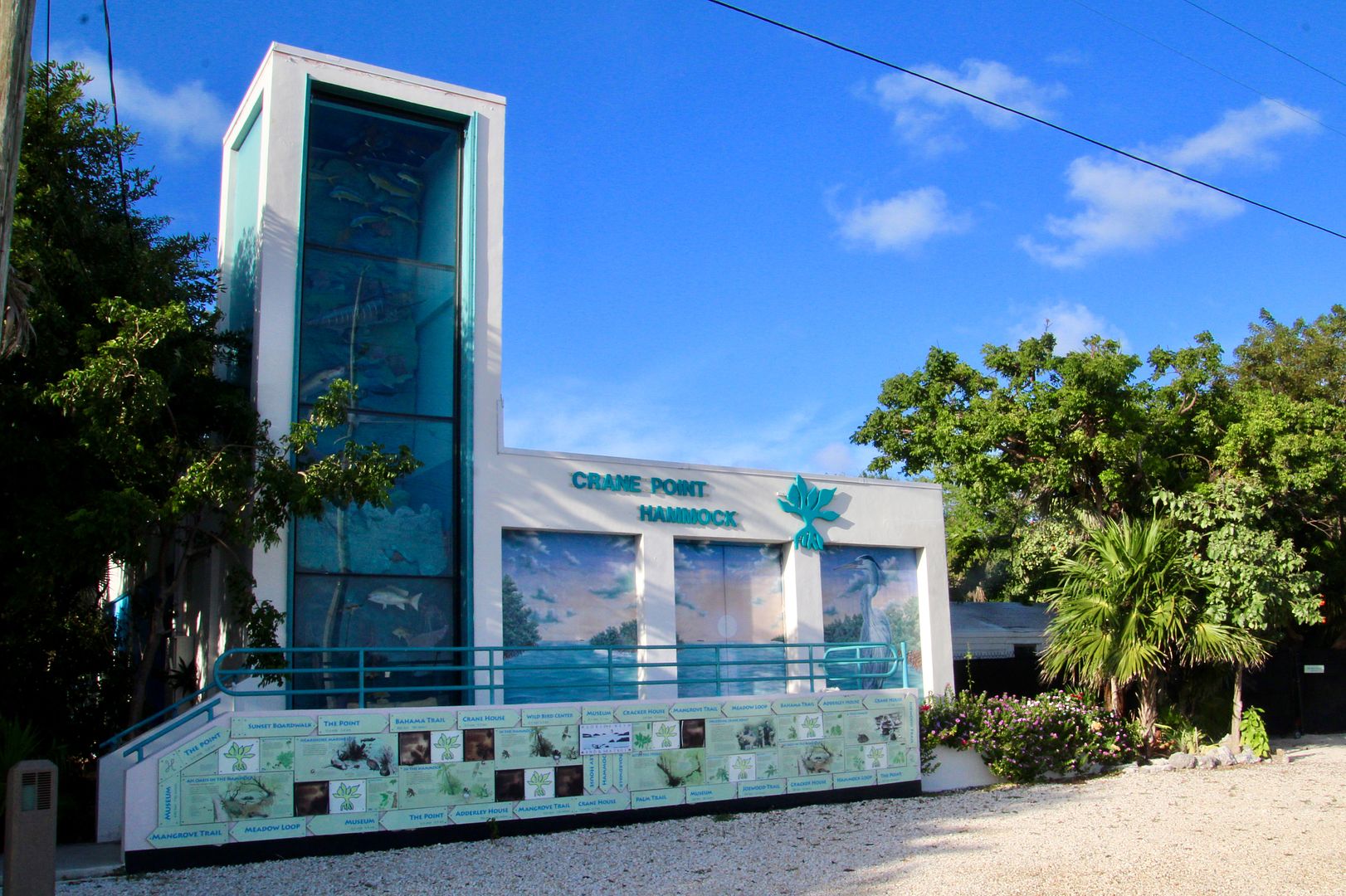
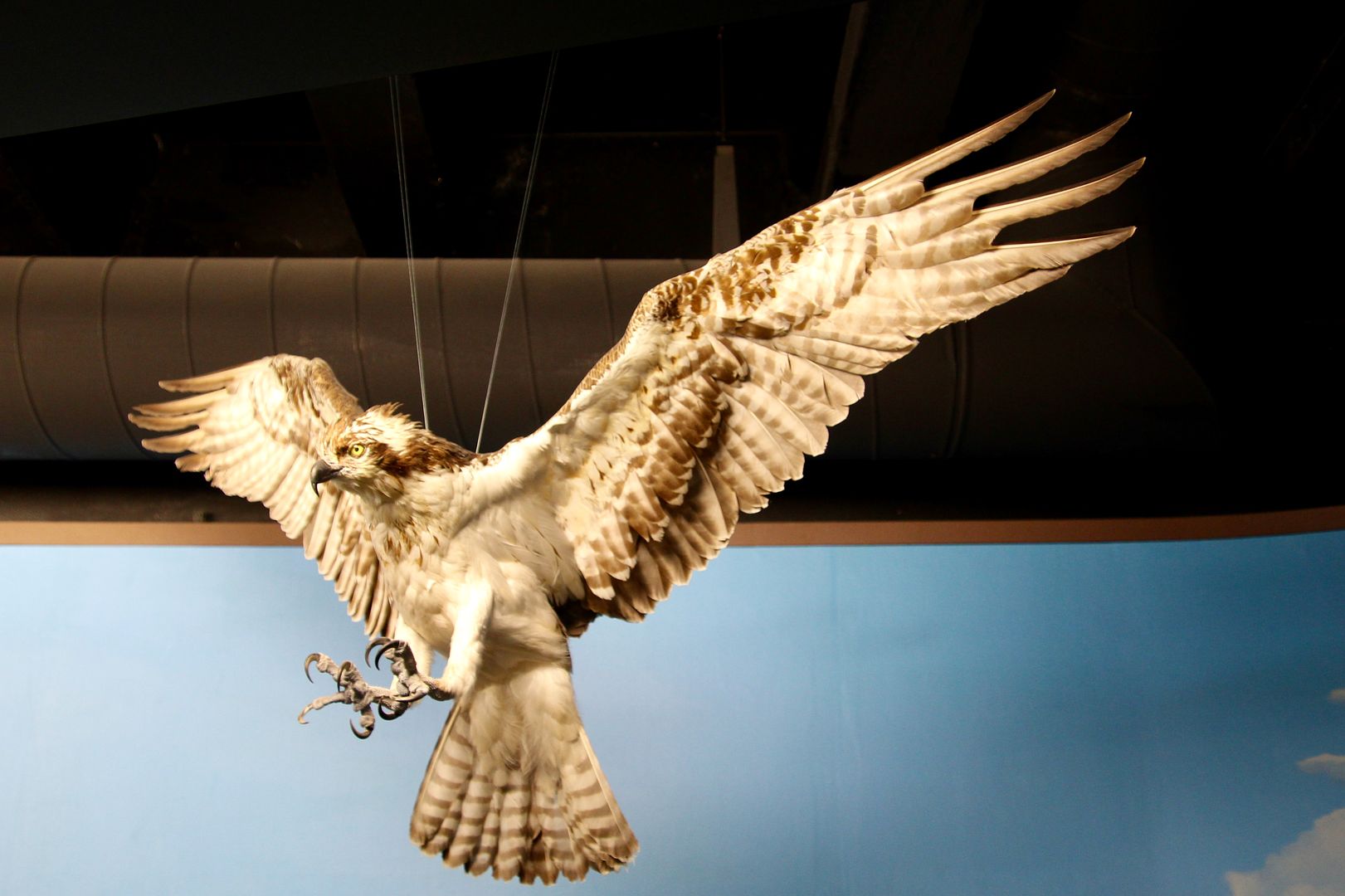
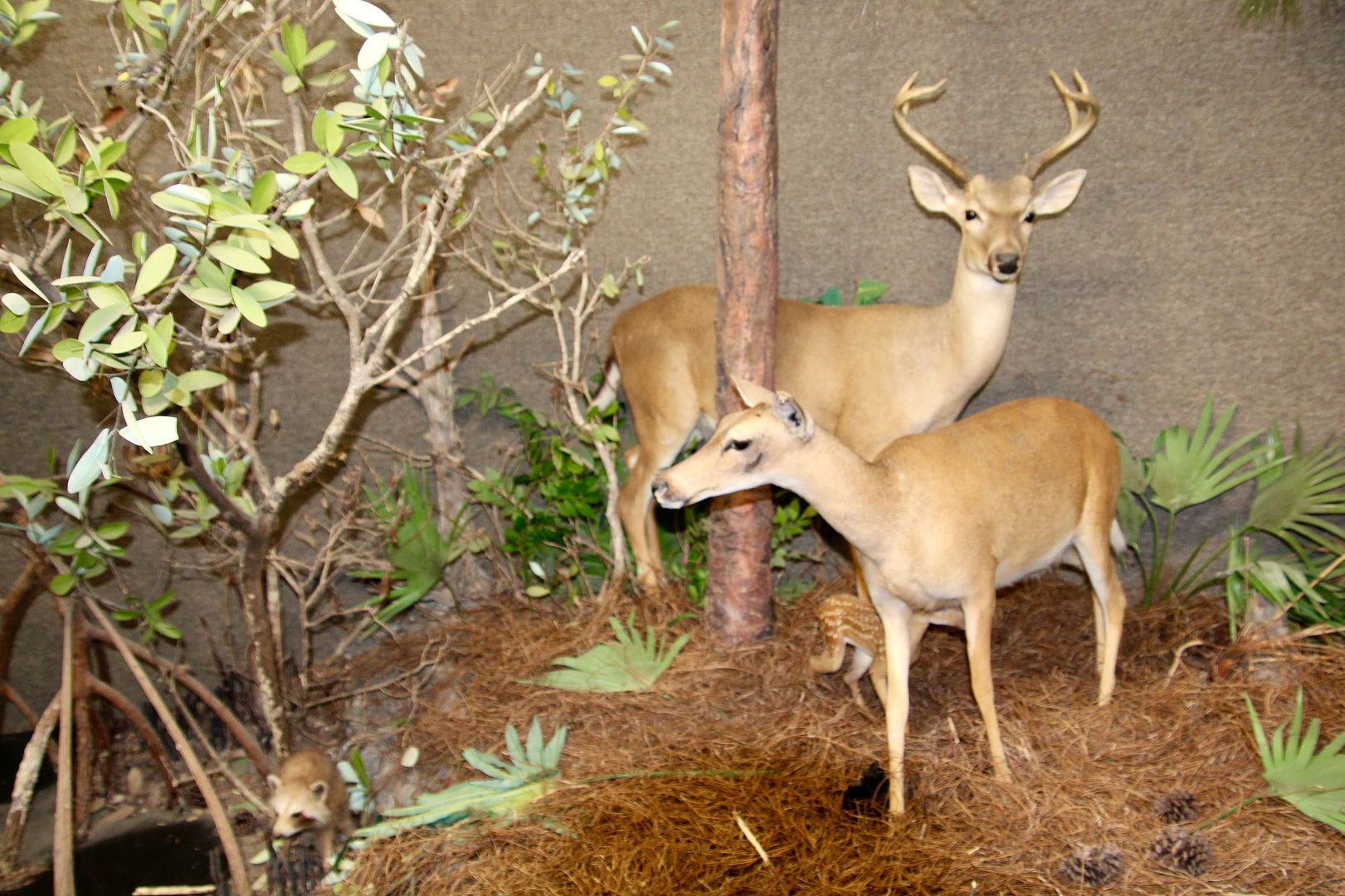


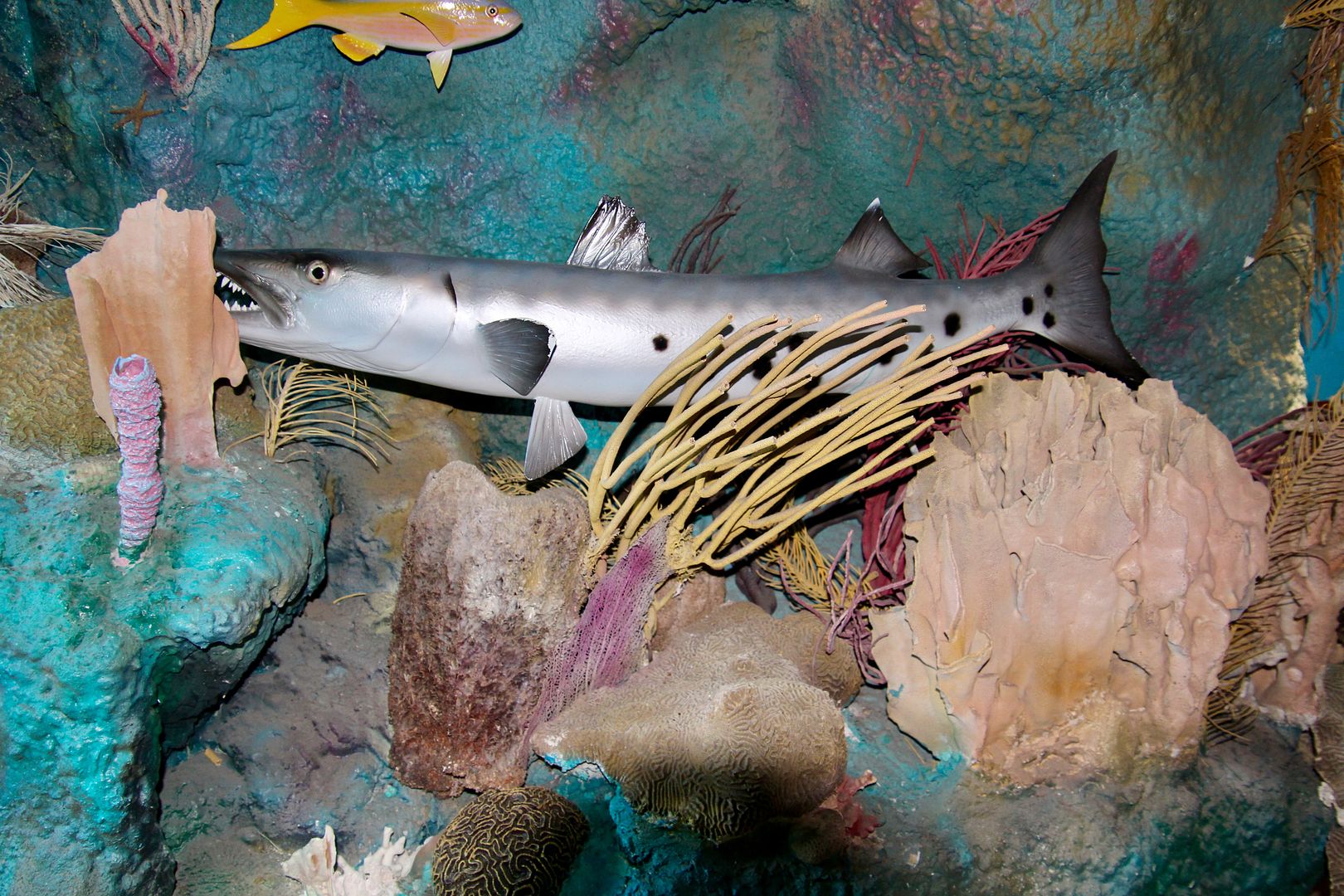
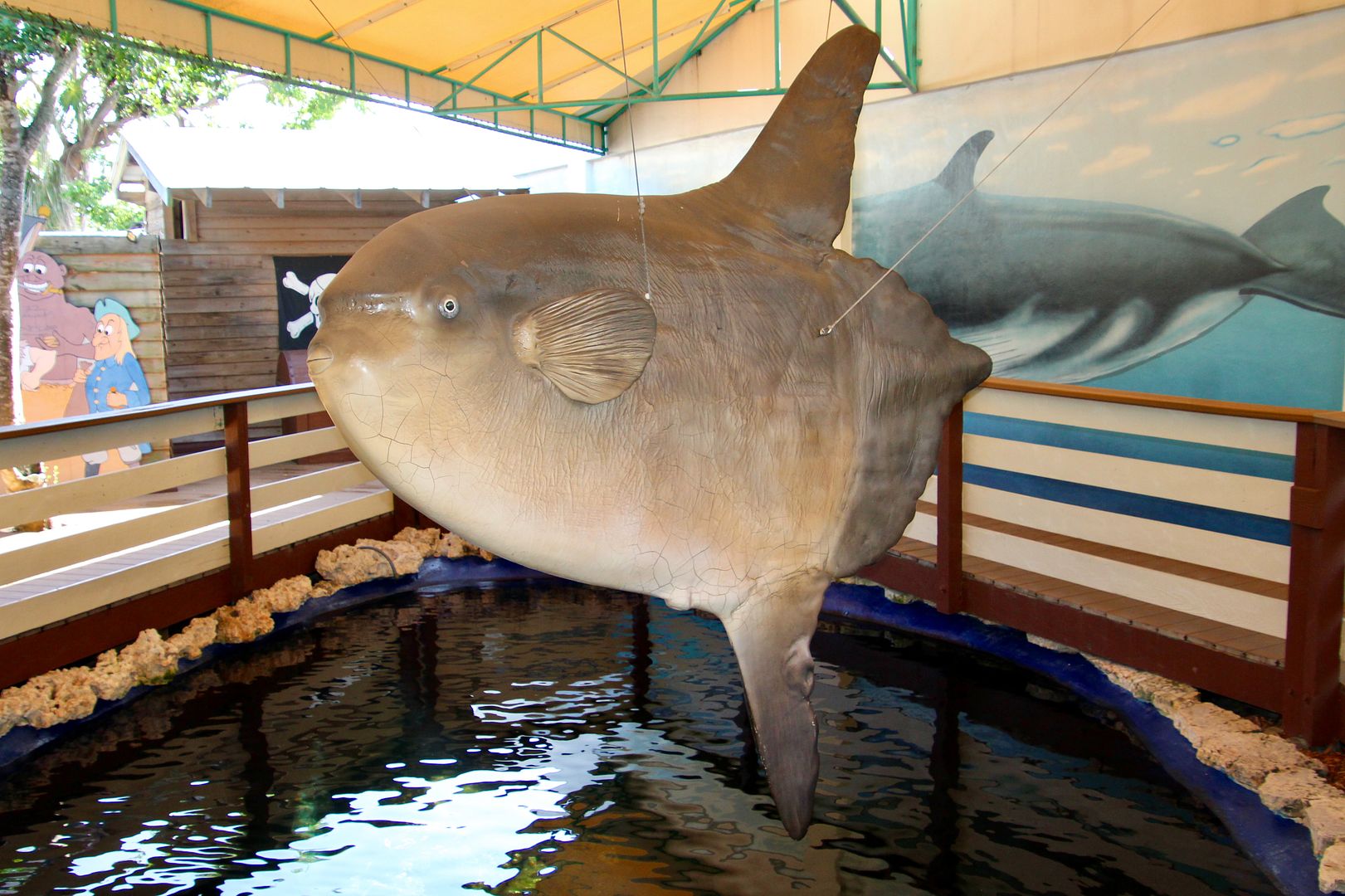
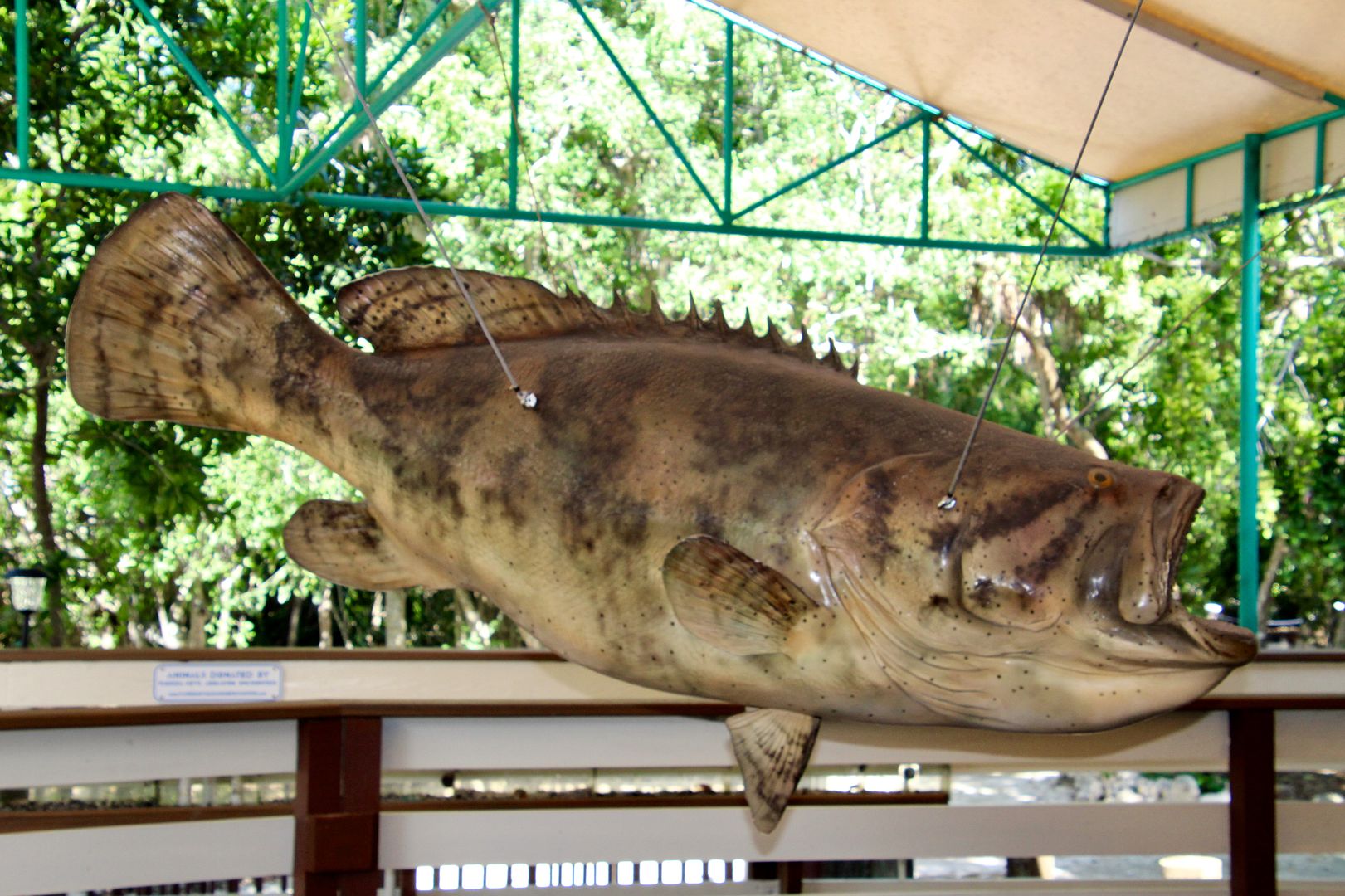
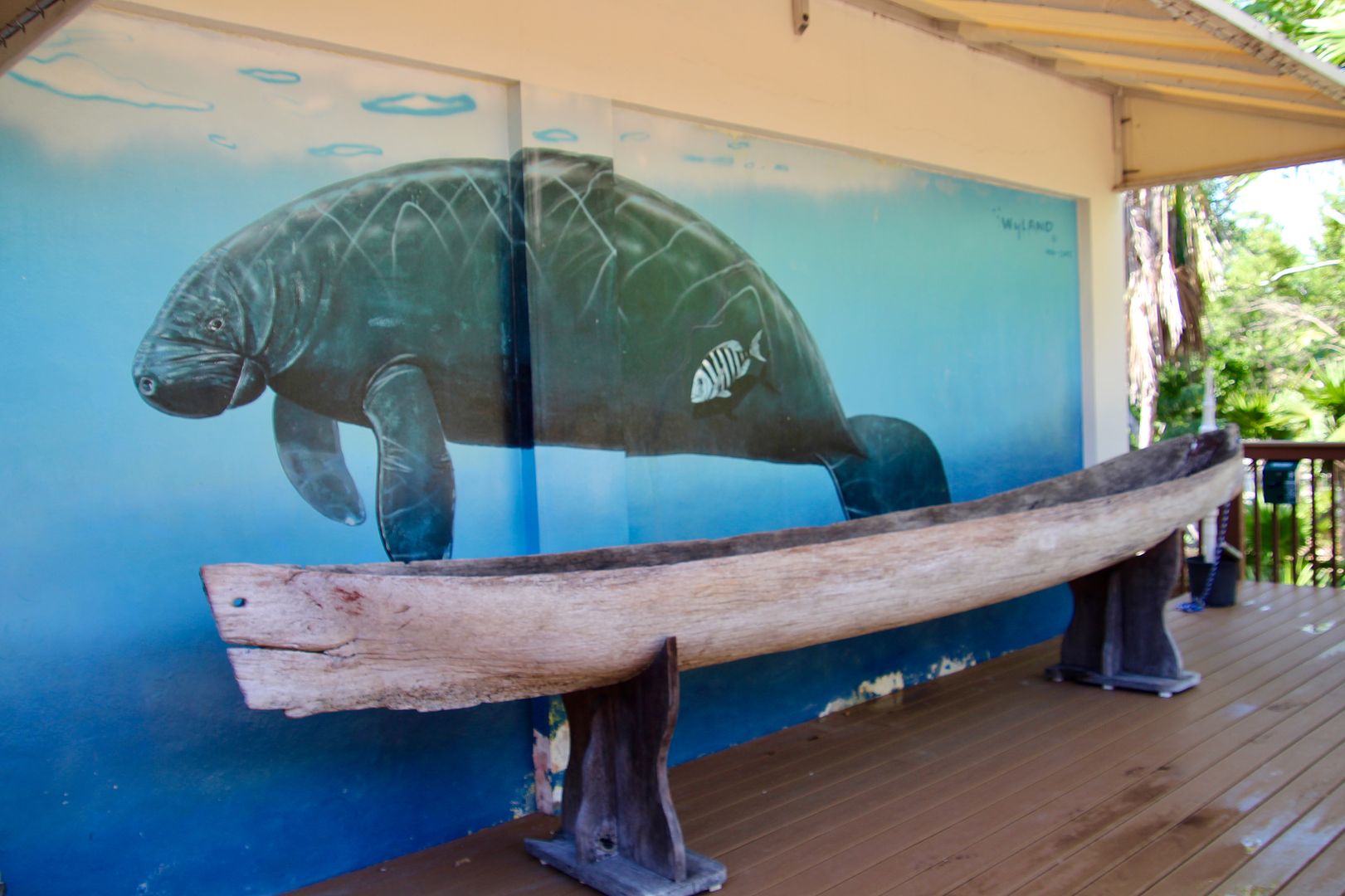
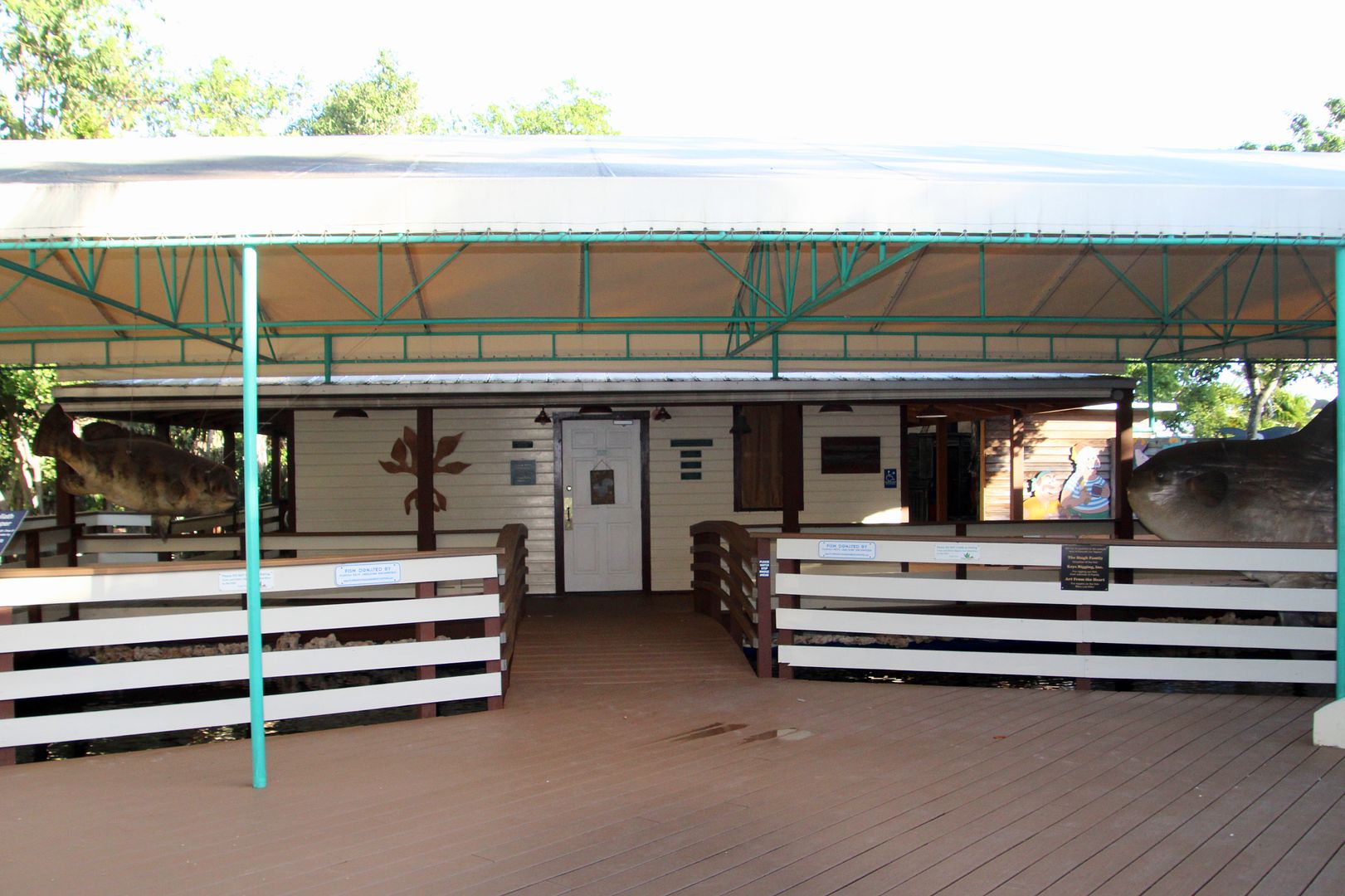
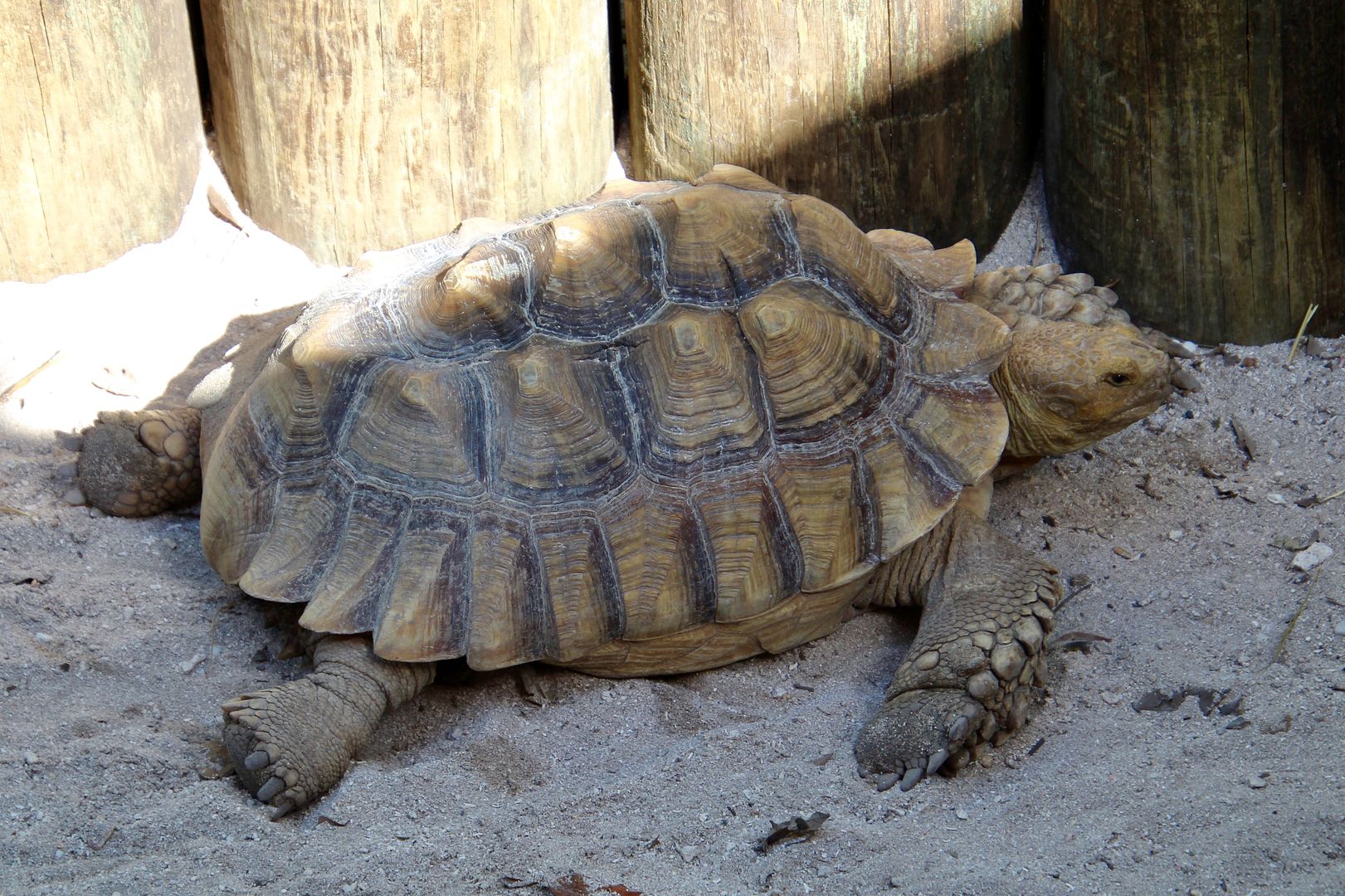
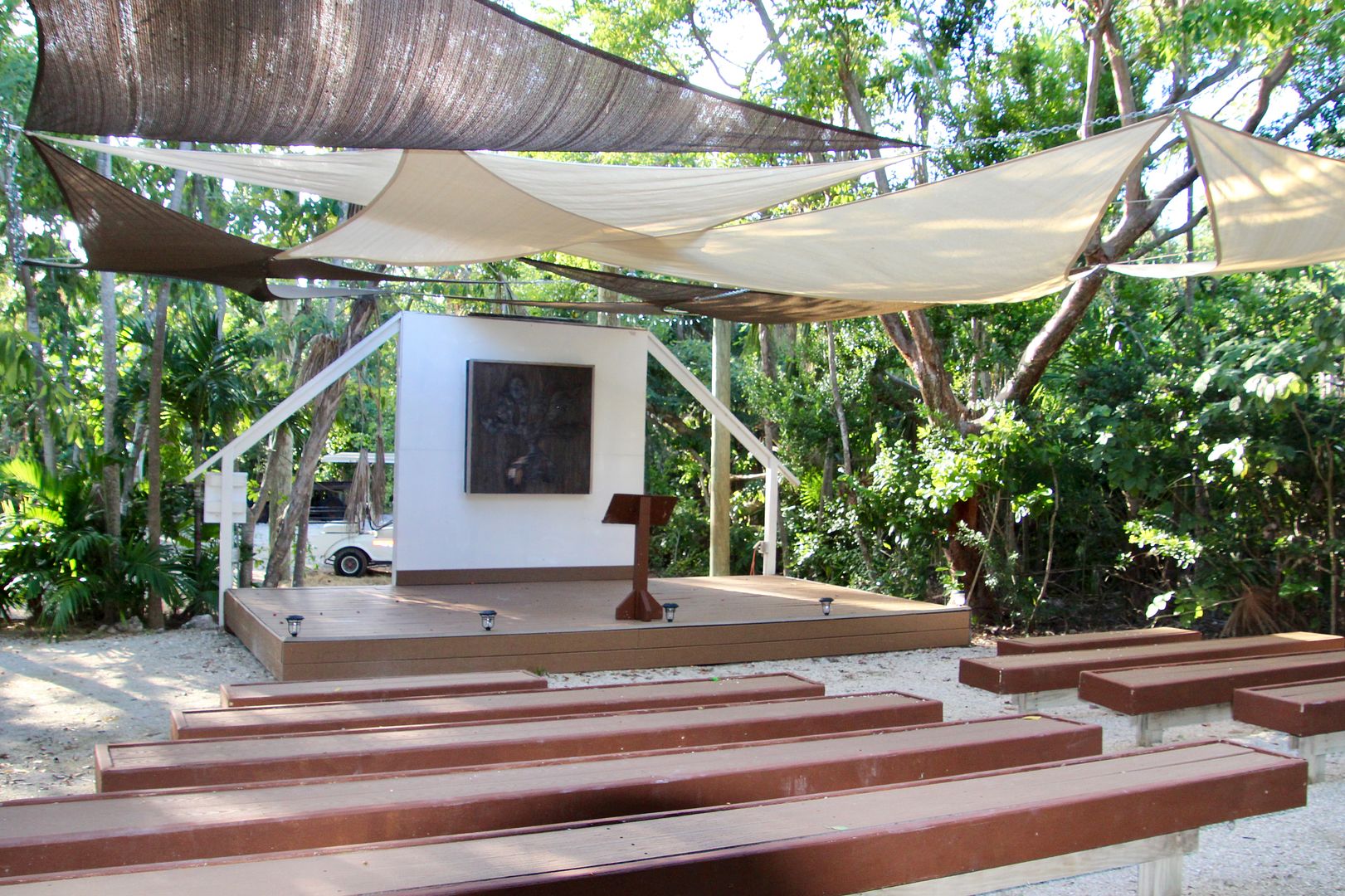
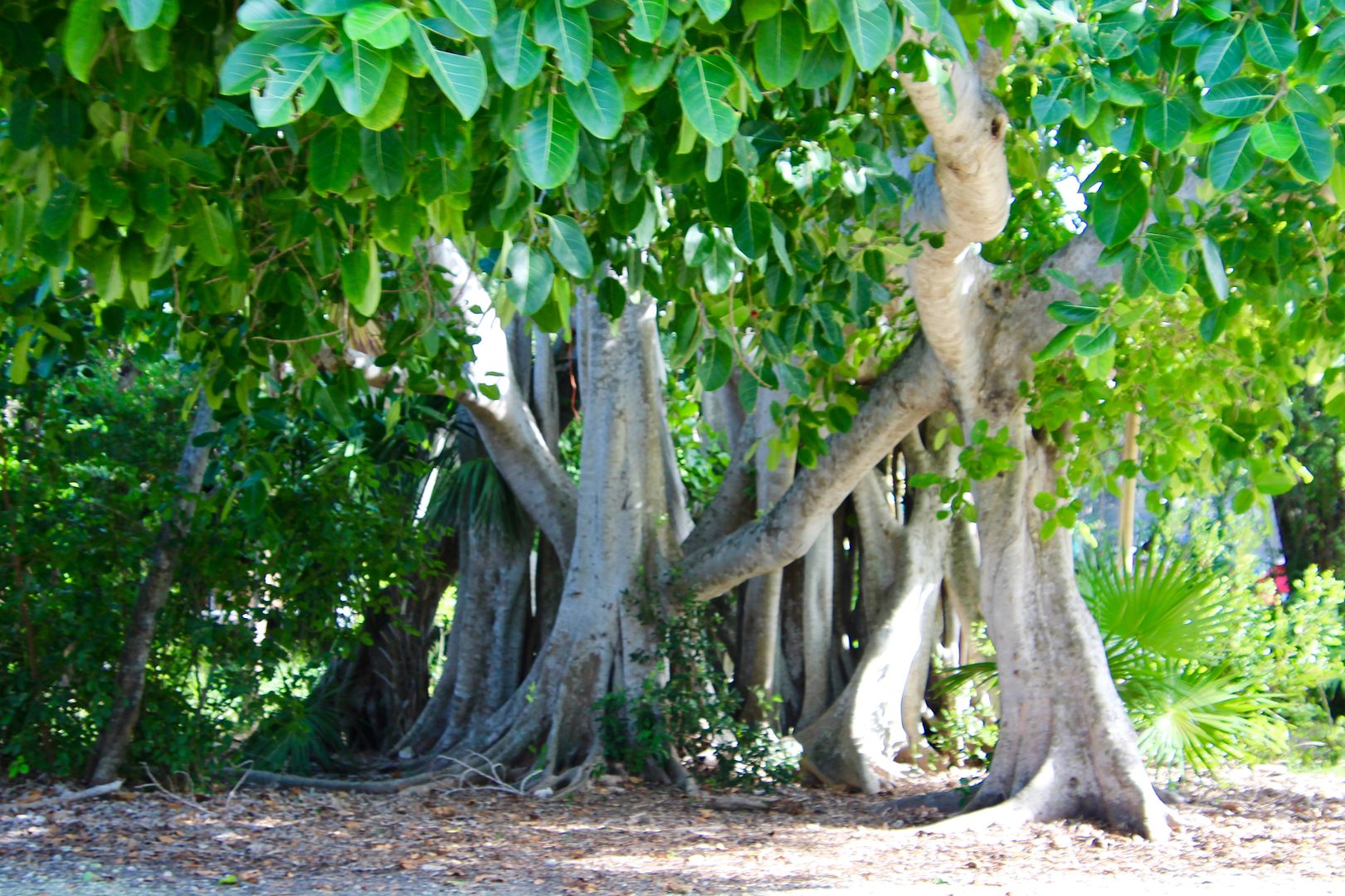

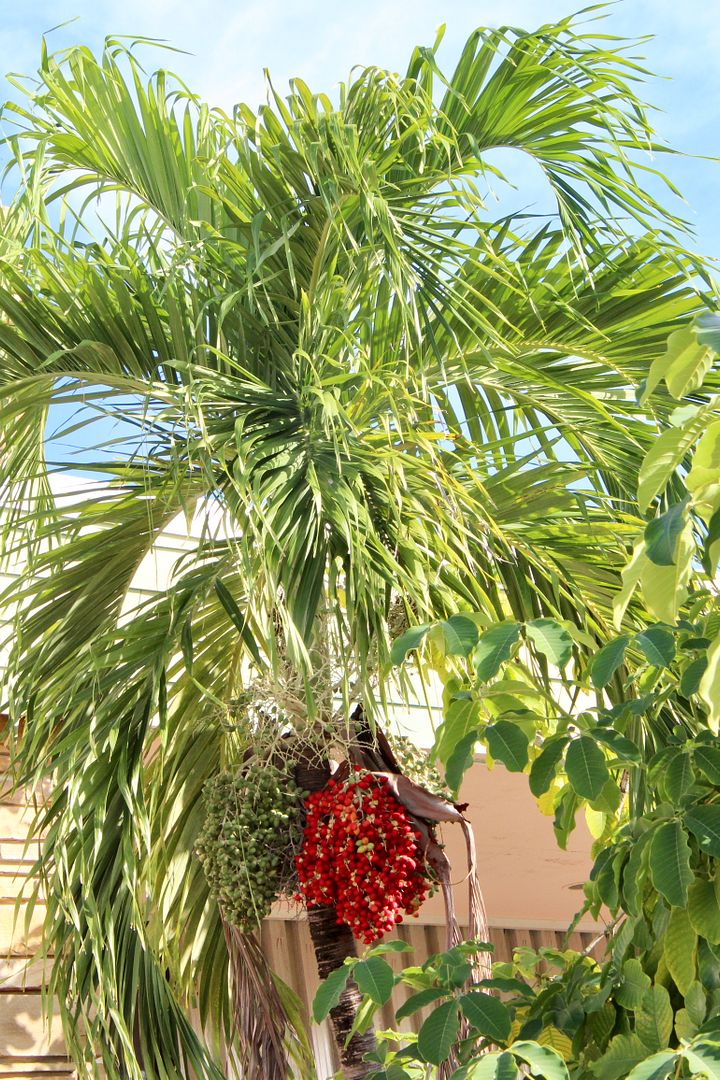
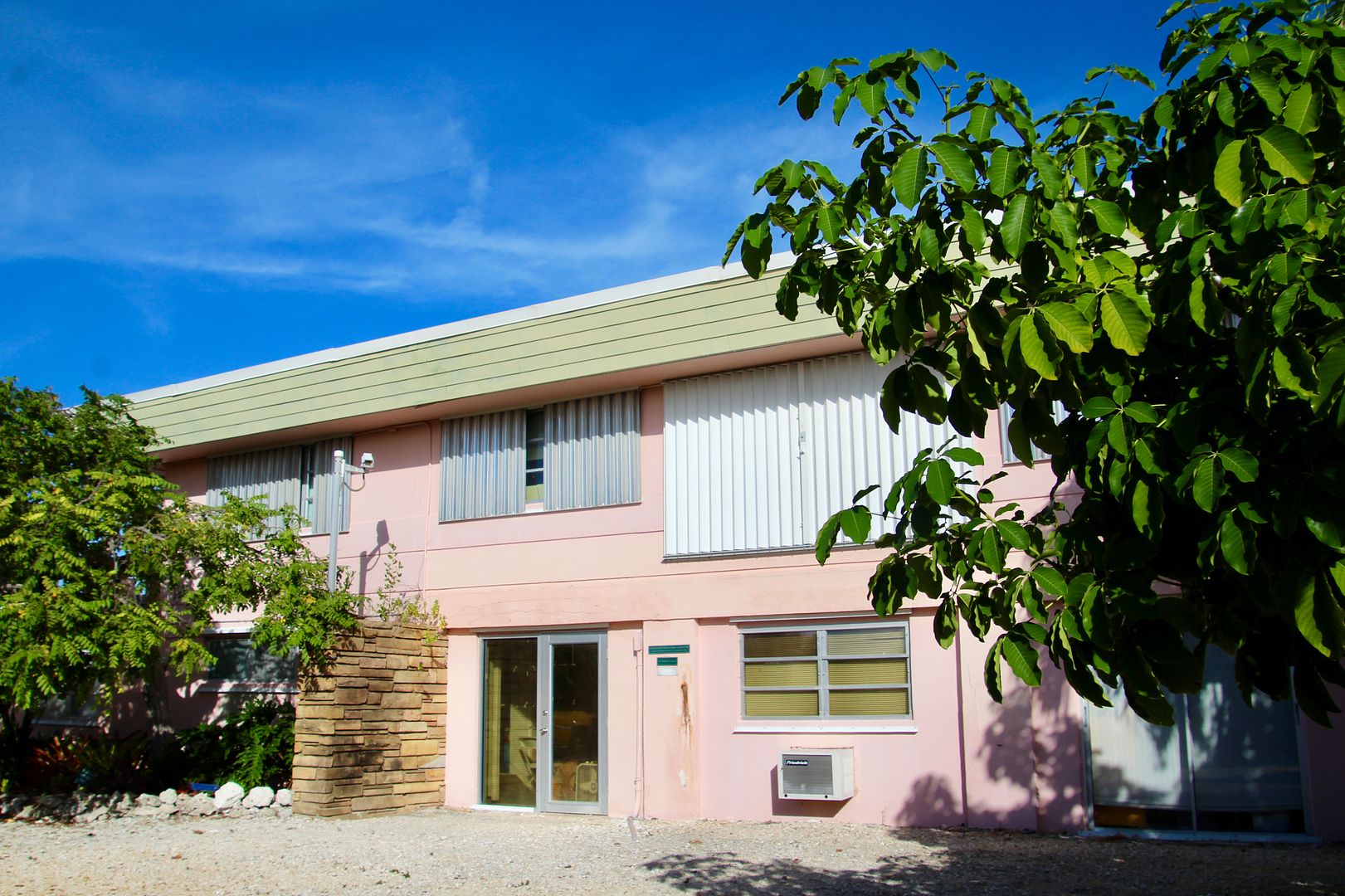
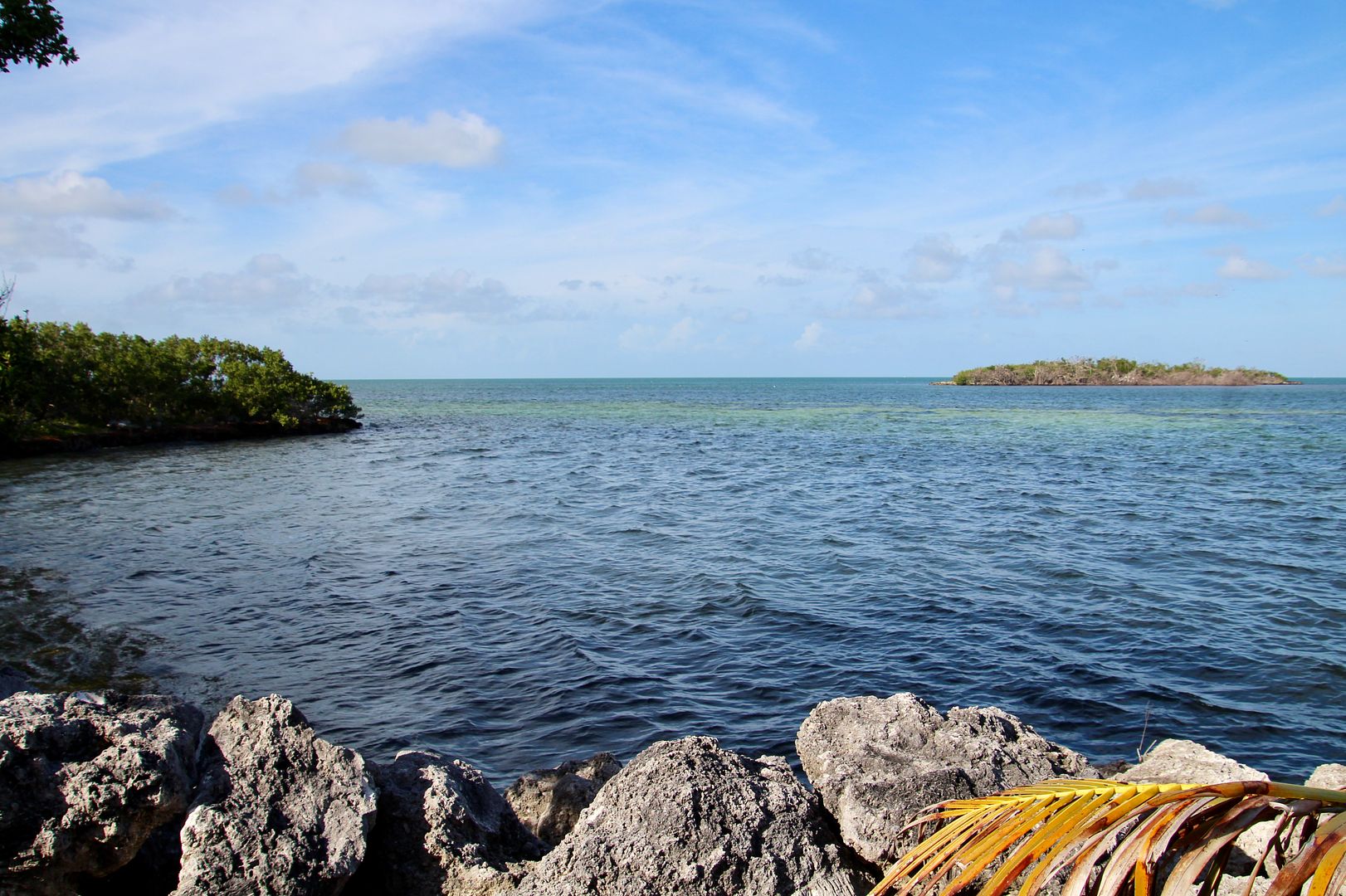
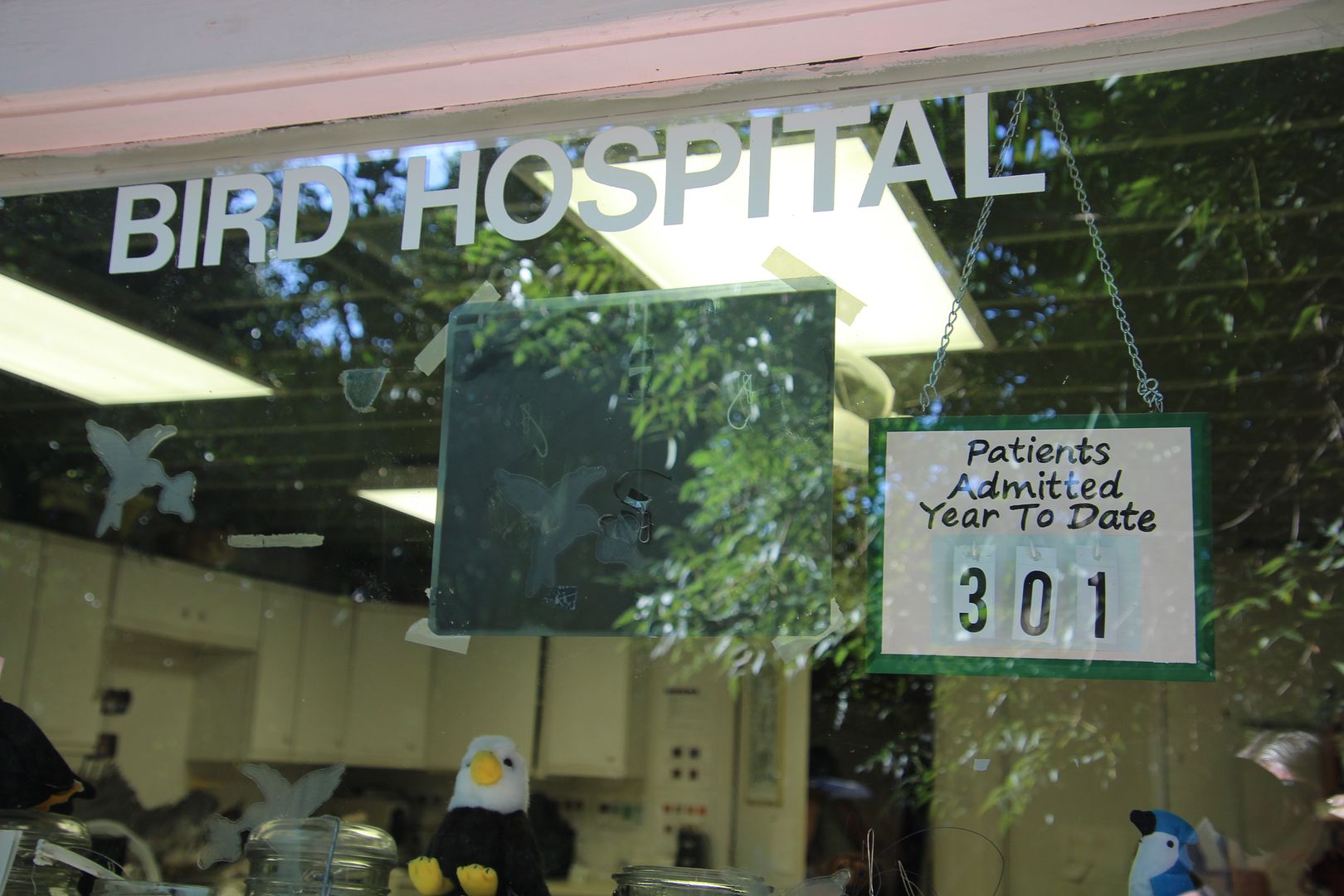

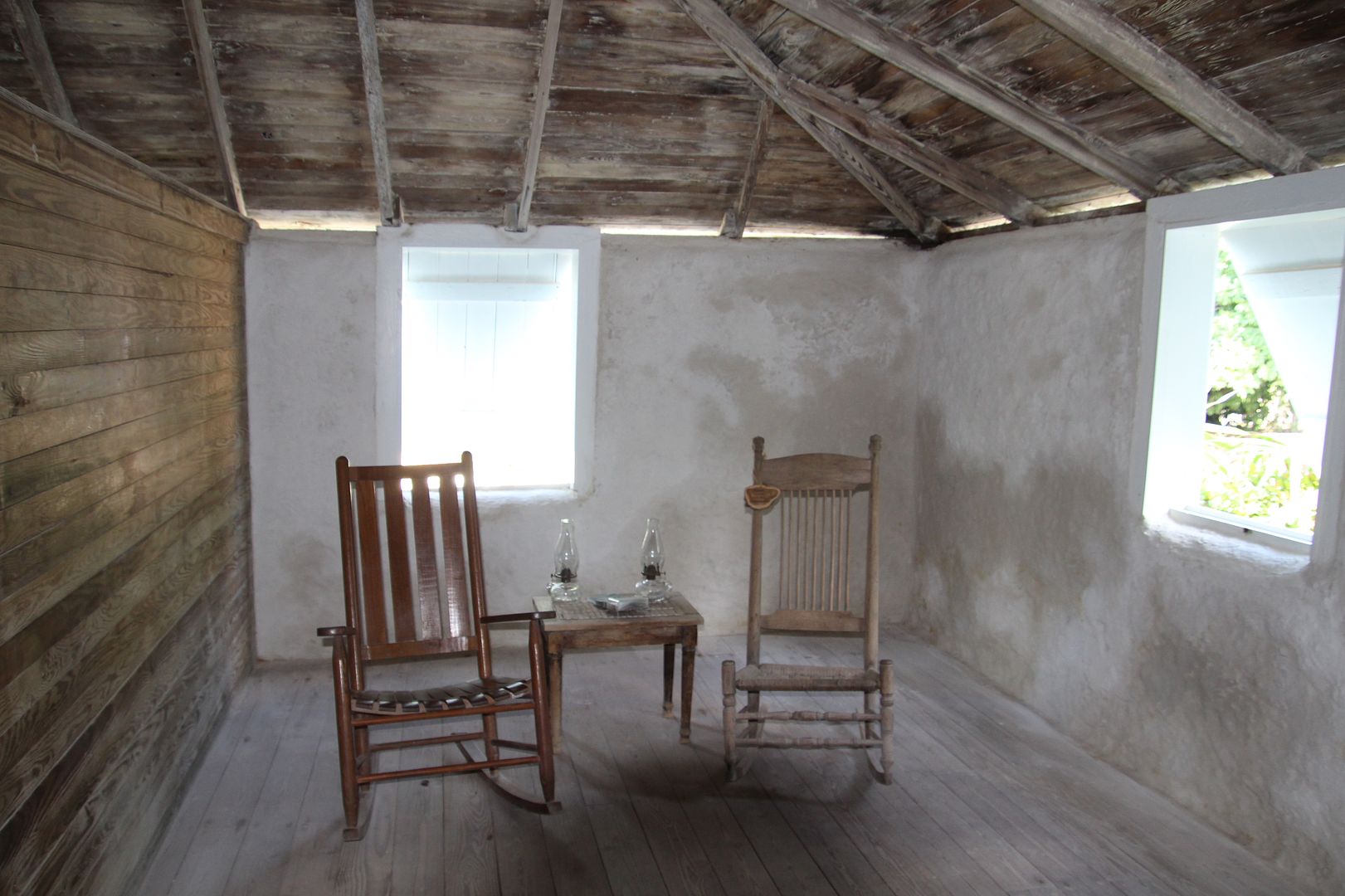
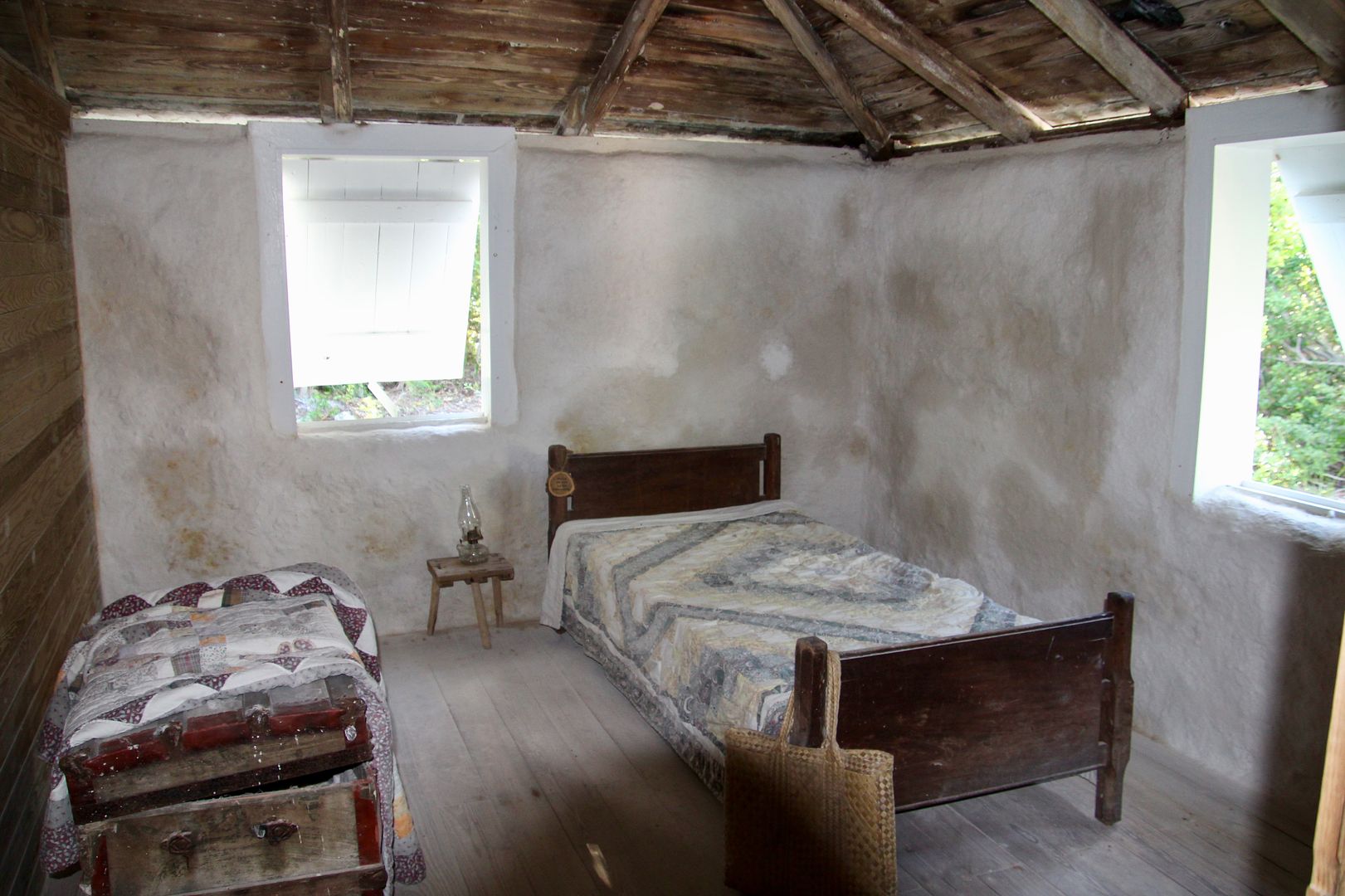
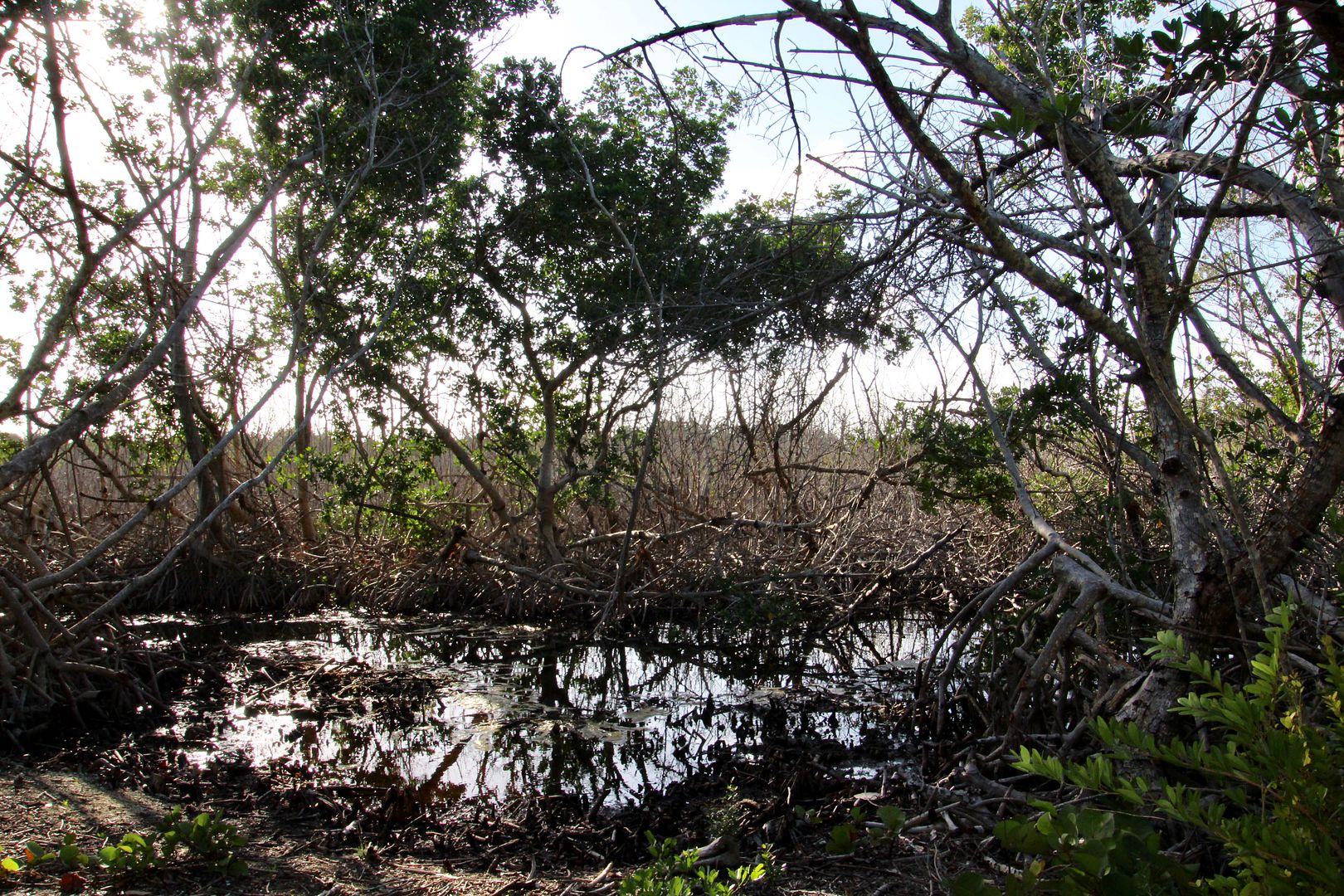
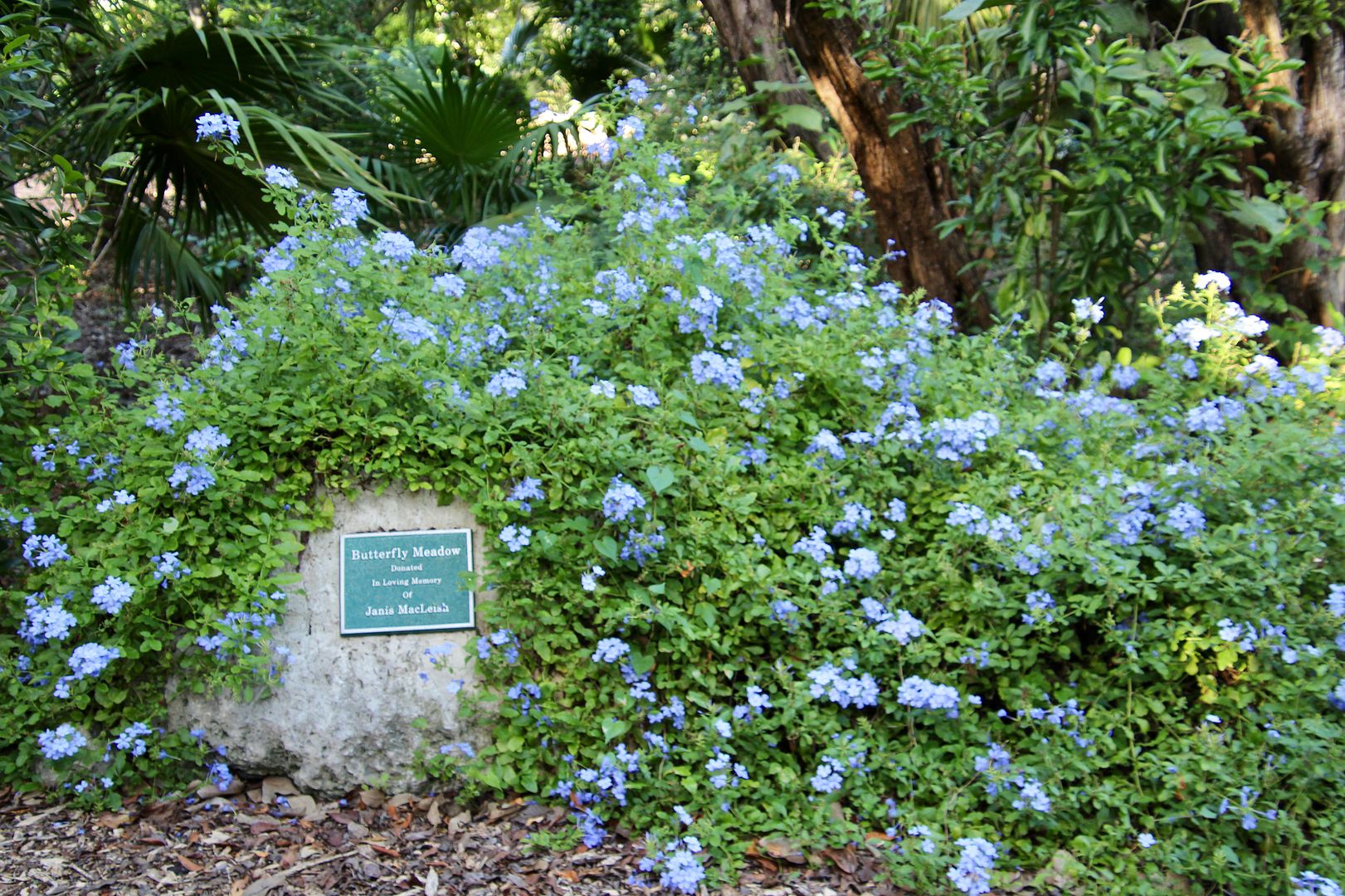
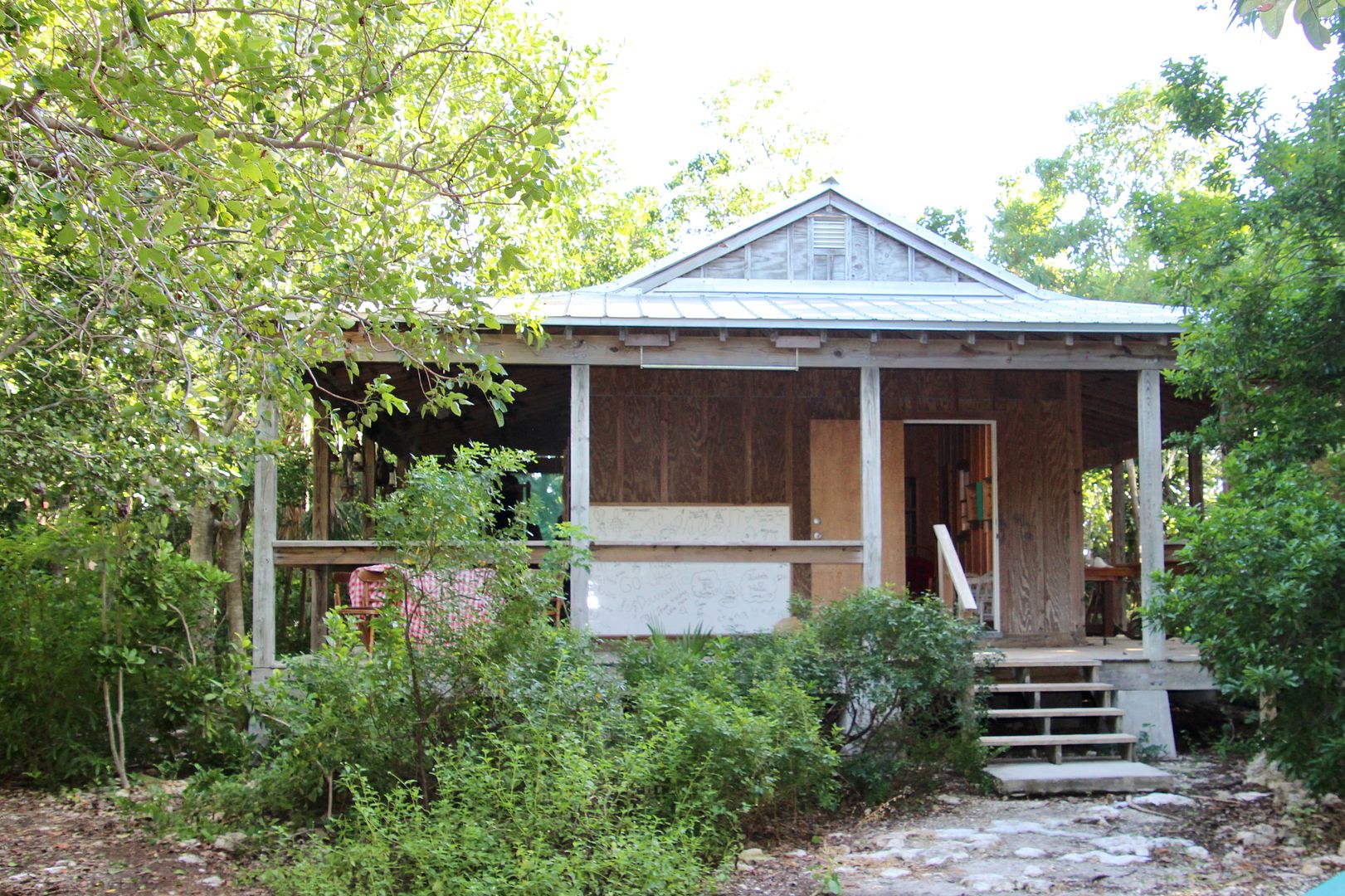
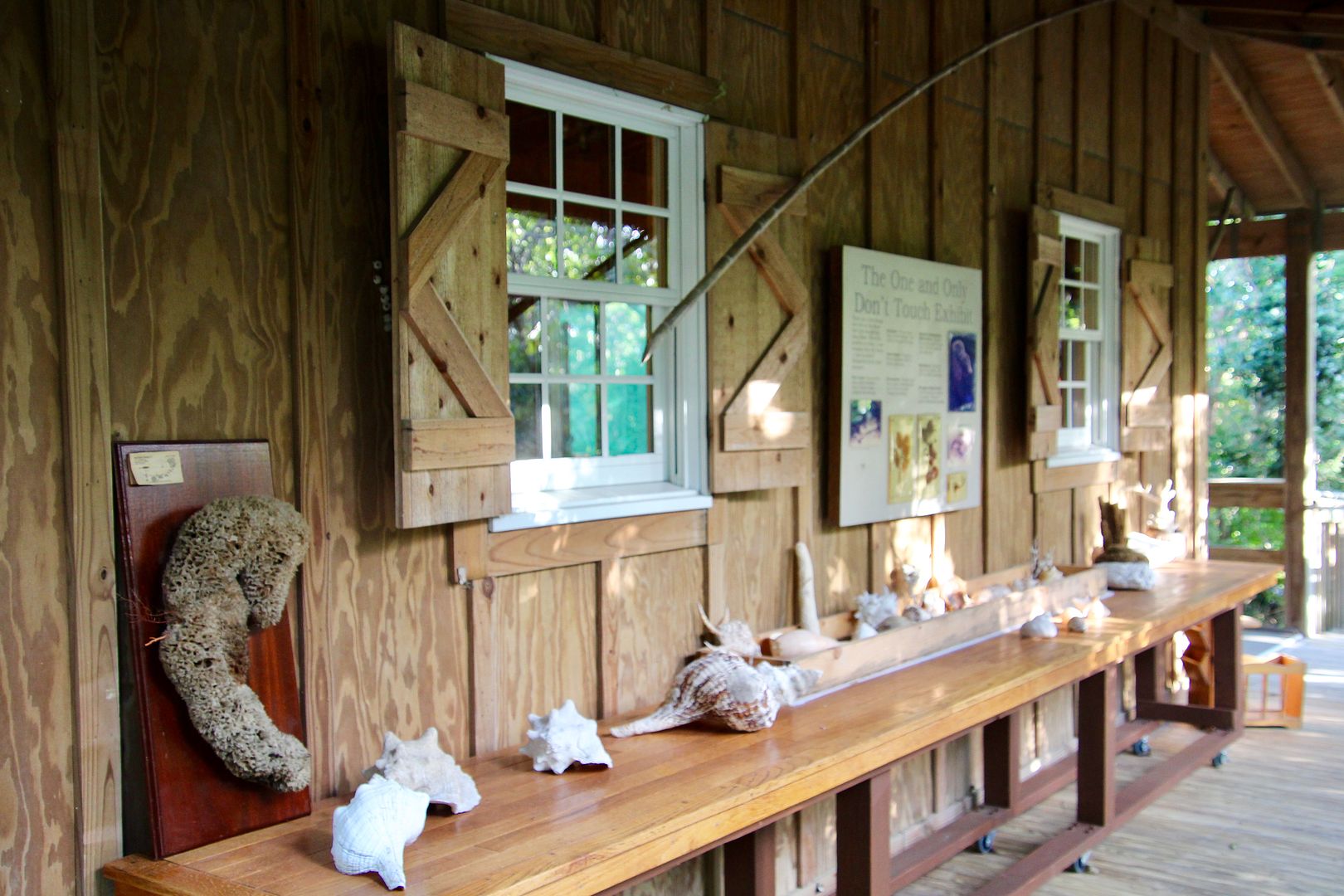
No comments:
Post a Comment